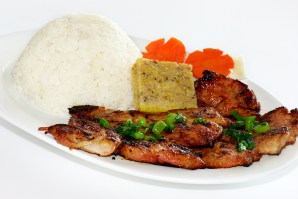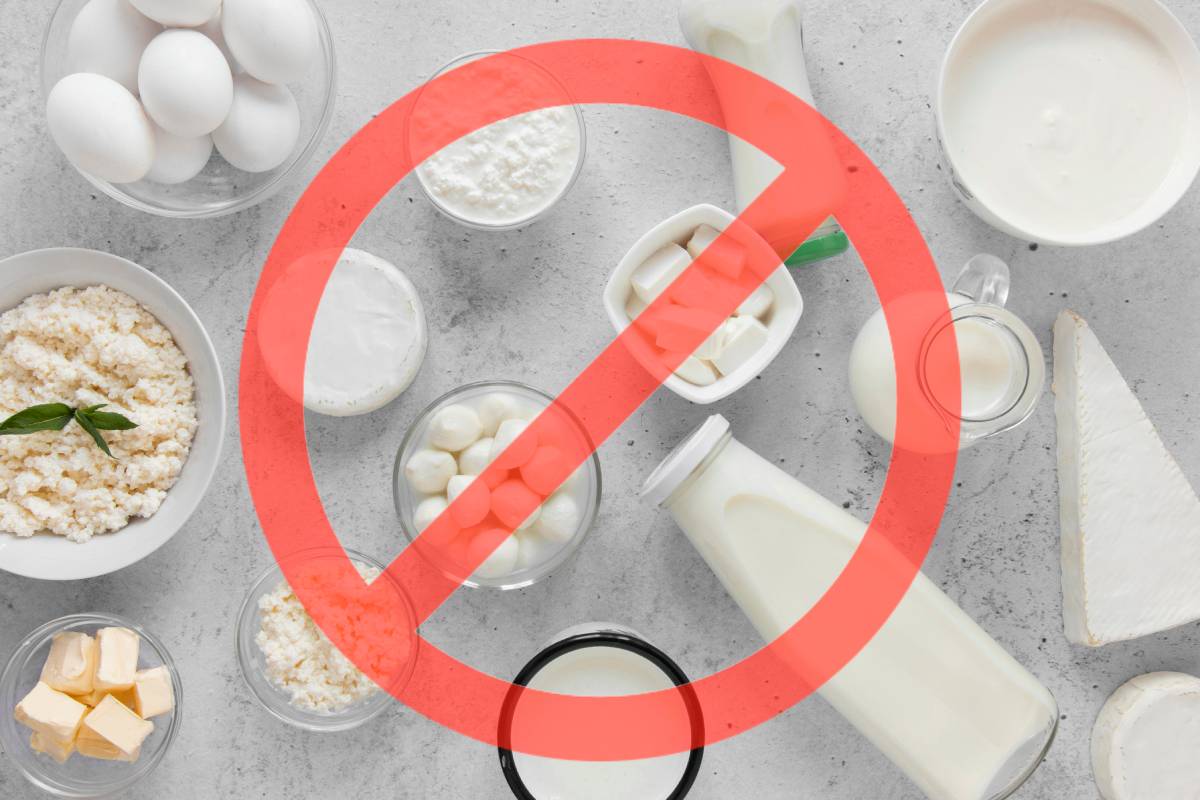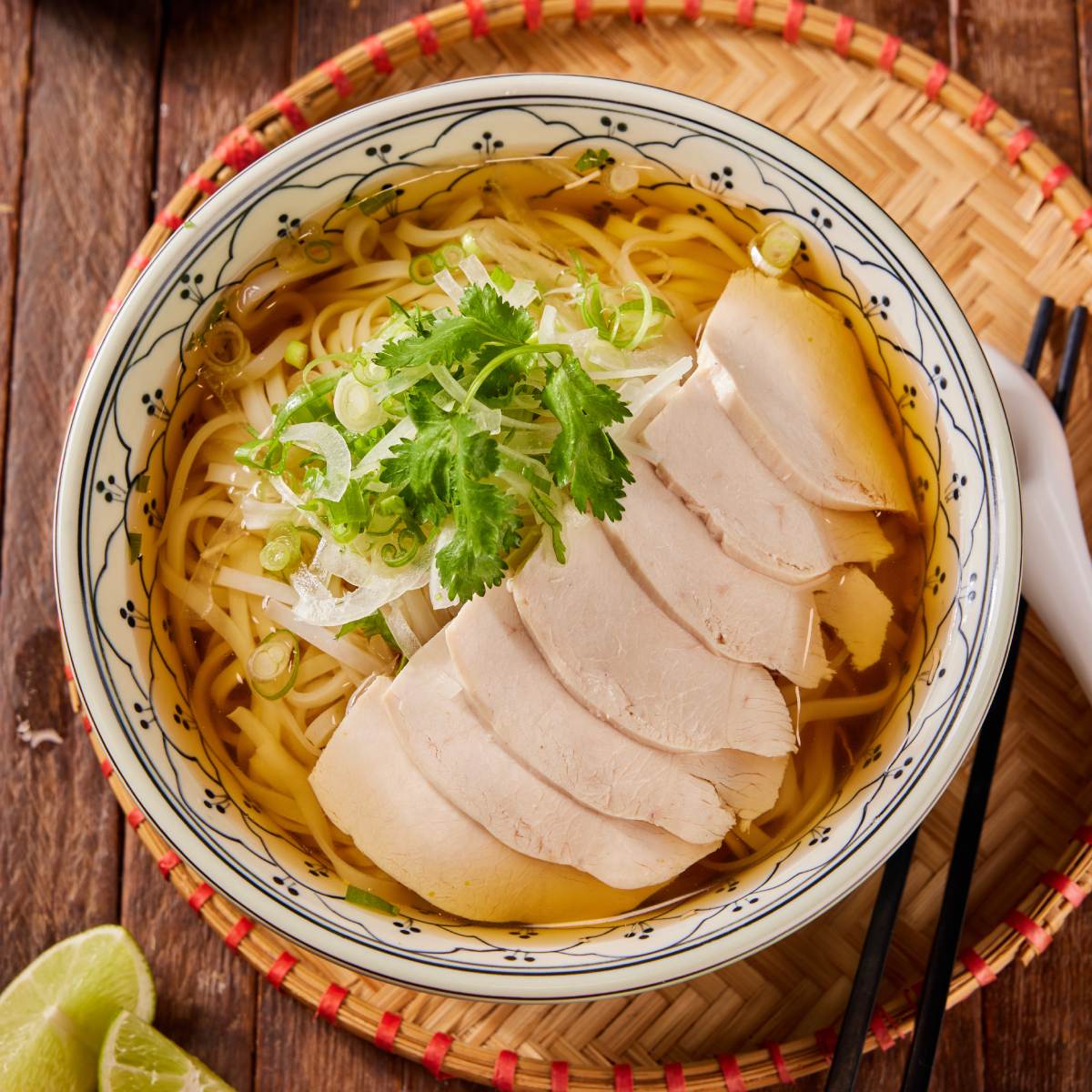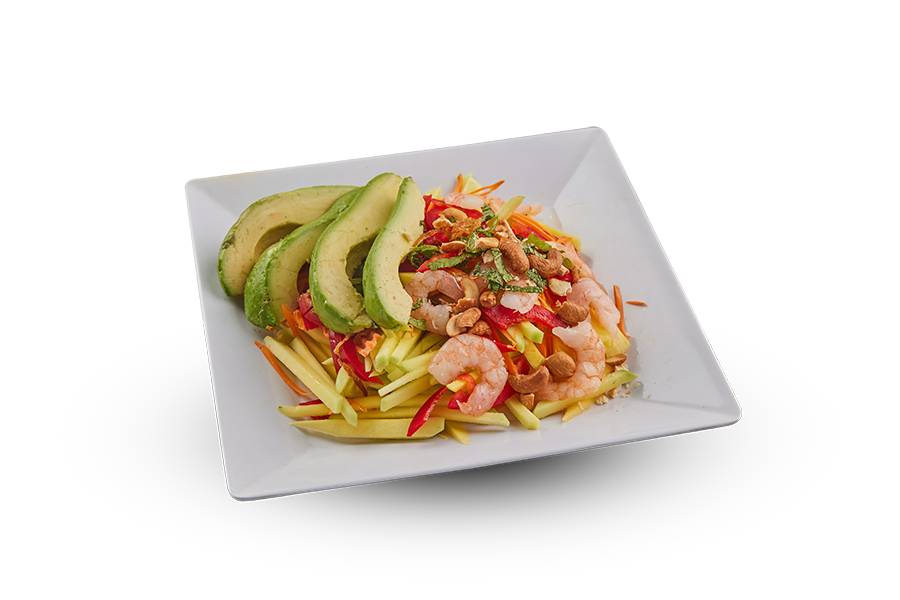History and Cultural Significance of Rice in Vietnam
Rice has been cultivated in Vietnam for thousands of years, dating back to the Neolithic period. It is believed that rice cultivation in Vietnam began around 2000 BC when the Dong Son civilization introduced wet rice farming techniques. This marked the beginning of a rice-based agricultural system that would shape the culture and cuisine of Vietnam for centuries to come.
In Vietnamese culture, rice symbolizes more than just a source of sustenance. It represents prosperity, fertility, and abundance. Rice is often associated with luck and good fortune, and it is customary to offer rice to ancestors during important rituals and ceremonies. This act of offering rice to the deceased is seen to ensure their well-being in the afterlife and honor their memory.
Varieties of Rice Used in Vietnamese Cuisine
Vietnam is home to a wide variety of rice, each with its own unique characteristics and flavour. The most commonly used rice in Vietnamese cuisine is long-grain white rice. This type of rice has a delicate texture and a slightly sweet flavor, making it the perfect accompaniment to a wide range of dishes.
Another popular variety of rice is jasmine rice, known for its fragrant aroma and soft, sticky texture. Jasmine rice is often used in fried rice or as a side dish to complement savoury meats and vegetables.
Glutinous rice, also known as sticky rice or sweet rice, is a staple in northern Vietnam. This type of rice is sticky when cooked, making it ideal for dishes like sticky rice with grilled pork or sticky rice dumplings.
Traditional Rice Dishes in Vietnamese Cuisine
Rice is a fundamental component of many traditional Vietnamese dishes. One such dish is "com tam," which translates to "broken rice." Com tam is made from broken rice grains, resulting in a bowl of softer and more textured rice than whole grains. It is commonly served with grilled pork, pickled vegetables, and fried eggs, creating a satisfying meal.
"Pho" is another iconic Vietnamese dish that incorporates rice noodles. Pho is a hearty and aromatic soup made with beef or chicken broth, rice noodles, and various toppings such as bean sprouts, herbs, and lime. This dish is a beloved staple in Vietnamese cuisine and is often enjoyed for breakfast or as a comforting meal on a rainy day.
Rice Paper and Its Uses in Vietnamese Cuisine
Rice paper is a thin, translucent sheet made from rice flour and water. It is a versatile ingredient used in a variety of Vietnamese dishes. One popular dish that showcases the use of rice paper is "goi cuon," also known as fresh spring rolls. These rolls are made by wrapping a combination of rice noodles, herbs, vegetables, and often shrimp or pork in rice paper. They are typically served with a peanut dipping sauce, creating a refreshing and light appetizer or main course.
Rice paper is also used to make "bahn trang," crispy rice paper sheets. These sheets can be enjoyed independently or used as a base for various toppings, such as grilled meats, herbs, and pickled vegetables. They add a delightful crunch and texture to dishes like "bahn trang nuong," a popular street food snack.
Rice Noodles and Their Role in Vietnamese Cuisine
Rice noodles, also known as "bun," are a staple in Vietnamese cuisine. They come in various shapes and sizes, ranging from thin vermicelli noodles to thicker, flat noodles. Rice noodles are incredibly versatile and can be used in soups, stir-fries, and cold noodle salads.
"Bun bo Hue" is a spicy beef noodle soup that originated in Hue. It features thick rice noodles, tender beef, and a flavorful broth infused with lemongrass, shrimp paste, and chili oil. This dish is known for its bold and complex flavour, making it a favorite among Vietnamese food enthusiasts.
Another popular dish that showcases rice noodles is "bun cha," a specialty of Hanoi. Bun cha consists of grilled pork patties, vermicelli noodles, fresh herbs, and a dipping sauce. The combination of smoky grilled meats, tangy sauce, and soft rice noodles creates a harmonious blend of flavour and textures.
Rice as a Staple Food in Vietnamese Households
Rice is the cornerstone of Vietnamese cuisine and is consumed in large quantities in households nationwide. It is often served alongside a variety of dishes, including stir-fries, soups, and grilled meats. In Vietnamese culture, a meal is only considered complete with a bowl of rice.
In addition to being a staple food, rice also holds practical value in Vietnamese households. Rice can be stored for long periods, providing a reliable source of sustenance during times of scarcity. It is also a versatile ingredient that can be transformed into a multitude of dishes, ensuring that meals remain varied and interesting.
Rice Cultivation and Production in Vietnam
Vietnam is one of the largest rice exporters in the world, thanks to its favorable climate and fertile land. Rice cultivation is a significant part of the country's agricultural industry, employing millions of farmers and contributing to the nation's economy.
The majority of rice in Vietnam is grown in the Mekong Delta region, where the rich alluvial soil and ample water supply create ideal conditions for rice cultivation. The rice fields in the Mekong Delta are a sight to behold, with their vibrant green hues stretching as far as the eye can see. The process of cultivating rice involves planting the seedlings in flooded fields, nurturing them as they grow, and eventually harvesting the mature rice grains.
The Impact of Rice on the Economy and Society in Vietnam
Rice plays a crucial role in Vietnam's economy and society. The export of rice contributes significantly to the country's GDP and provides income for millions of farmers and workers in the agricultural sector. Rice production also supports related industries, such as milling, packaging, and transportation, creating employment opportunities and driving economic growth.
In addition to its economic impact, rice holds deep cultural and social significance in Vietnam. It is a symbol of unity and shared heritage, bringing people together in celebrations and family gatherings. Rice-related festivals, such as the Harvest Festival and the Rice Cooking Festival, are held throughout the country, showcasing the cultural importance of this humble grain.
Conclusion and the Enduring Importance of Rice in Vietnamese Cuisine
Rice is more than just a food staple in Vietnamese cuisine. It is a symbol of tradition, prosperity, and cultural identity. From simple bowls of steamed rice to complex dishes that highlight its versatility, rice is the backbone of countless Vietnamese recipes. Its cultivation has shaped the landscape of Vietnam, while its cultural significance continues to be cherished and celebrated.
As you delve into the world of Vietnamese cuisine, come and visit torontopho.com and take a moment to appreciate the significance of rice in every dish you encounter. From the first bite of a fragrant bowl of pho to the satisfying crunch of a rice paper roll, let the humble grain transport you to the vibrant streets of Vietnam, where the love for rice runs deep.






















